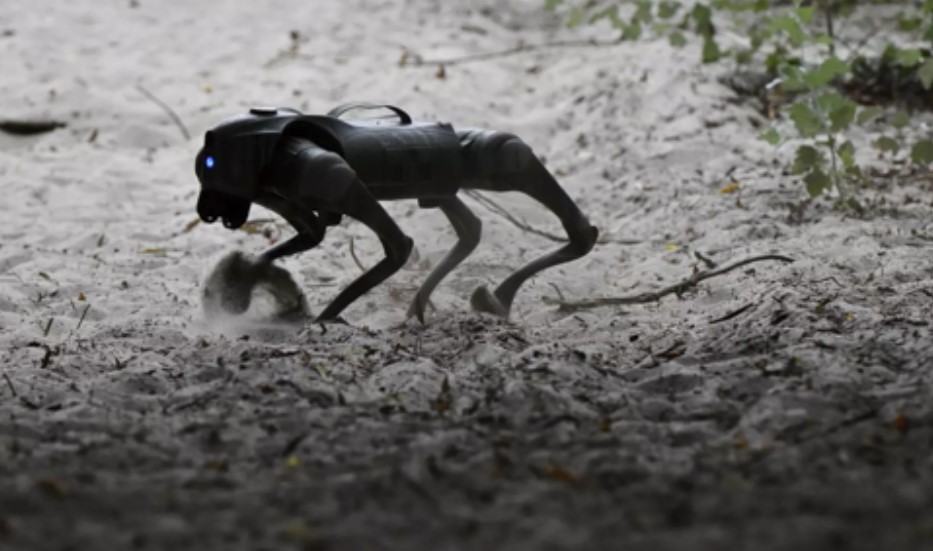The use of these advanced machines marks a significant leap in military technology.
Others are reading now
In a groundbreaking development on the battlefield, Ukraine has begun deploying robotic dogs in place of human soldiers for high-risk missions, such as inspecting Russian trenches and detecting mines.
Engineered for Agility and Stealth
The use of these advanced machines, showcased recently in a secretive demonstration, marks a significant leap in military technology, according to Ziare.
The robotic canines, including the newly revealed “BAD One” model, are engineered for agility and stealth. Operated remotely via a control unit, these robots can perform various actions, including rising, crouching, and running.
A more advanced version, known as “BAD Two,” remains classified for security reasons. These robotic dogs are designed to enhance the Ukrainian military’s operational capabilities and reduce human risk in dangerous environments.
Also read
With their short, hard-to-detect legs, these robots can navigate enemy trenches and building interiors with the help of thermal imaging technology. This feature is particularly valuable in active combat zones where traditional reconnaissance missions would put soldiers in significant danger.
Aimed at preserving human lives
“Iuri,” a pseudonymous operator from a British military solutions company, highlighted the advantages of these robotic dogs. “We have soldiers sent on reconnaissance missions who are usually highly trained but are constantly exposed to risks,” he explained.
“This robot mitigates those risks and enhances operational capabilities. Ultimately, it saves lives.”
The Ukrainian military, which has been engaged in an ongoing conflict with Russian forces for nearly two and a half years, faces a shortage of personnel.
The integration of robotic dogs into their operations represents a strategic shift aimed at preserving human lives and maintaining operational effectiveness in the face of persistent threats.
As the technology advances, these robotic canines could become a standard part of military operations, offering a new layer of safety and efficiency in modern warfare.



